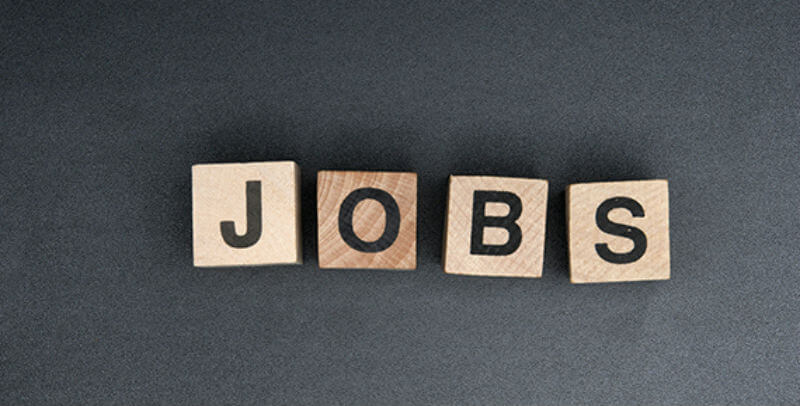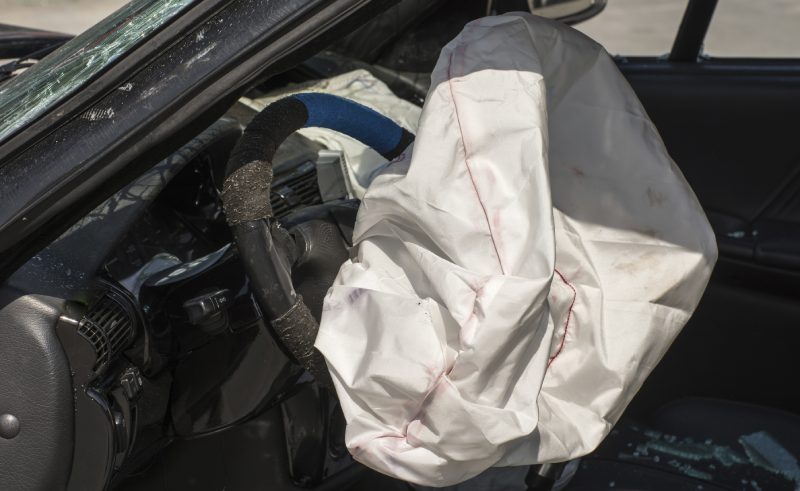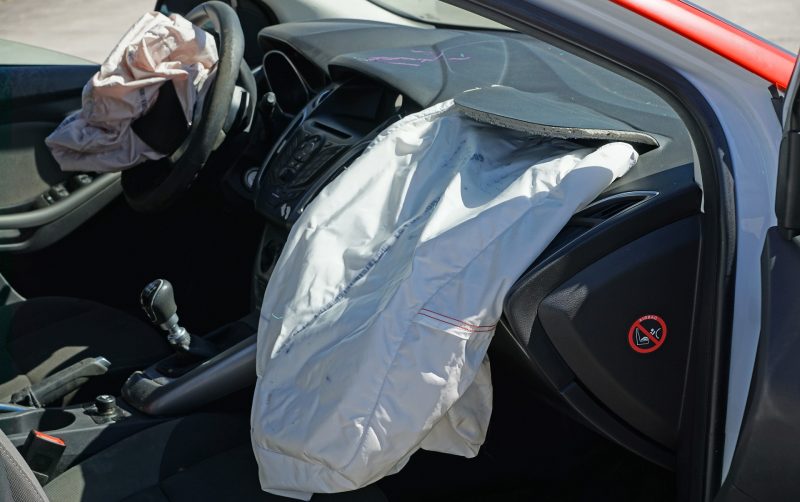Introduction
In this tip we would like to explain about the purpose of airbags, their ability to save lives and what precautions and safety rules we need to keep in order not to be harmed by the airbag.
Airbag
Airbags are part of the passive safety systems in a vehicle: which include seat belts, airbags, control units, various sensors and more, and their purpose is to minimize as much as possible injuries that may be caused to those in the vehicle as a result of a car accident.
The airbags are called SRS (Supplemental/Secondary Restraint System).
The Primary Restraint Systems (PRS) is the seat belt.
It can be understood from their names that in order to maximize our chance of rescue during a car accident we need these two systems to be in working order.
If an airbag light and/or a seat belt light is on permanently, this is a malfunction, and the systems will not work in the event of a car accident.
In such a situation, we recommend reporting immediately to the leasing company/going directly to the garage.
How the Airbags Work
- An airbag should open at a higher time and speed than a vehicle collision.
- At the front of the vehicle there is an acceleration sensor. During a car accident he sends a signal to the computer engine management that transmits a command to the airbag control unit.
- The command goes to the airbags and to the seat belts.
- The explosives in seat belts and airbags explode. The seat belt is stretched, and the airbag is opened, thus attaching the driver back to the seat and the airbag softens his injury.
- The driver is pushed back by the seat belt and airbags. In the airbag itself there are holes from which the gases are released.
- By the time the vehicle comes to a complete stop, the airbag should be completely emptied.
Airbags and Children
Proper use of safety seats reduces the severity of injuries by about 70%.
- A child up to the age of 8 must not be seated in a safety seat in front of an active airbag.
- It is recommended not to seat children under the age of 13 in front of an active airbag.
- When do you switch from a booster to a seat belt?
- Check that the car belt is suitable for the child, with the child sitting and his back close to the seat.
- The knees fold at a 90-degree angle, comfortably.
- The seat belt rests on the pelvis of the thighs and does not rise to the abdomen.
- The shoulder girdle is placed in the center of the chest.
- The child does not slip out of his seat.
Safety and Caution Tips
Proper sitting position can save lives and prevent unnecessary injuries!
- Proper sitting position – hold the steering wheel “at 9 and 3”, this grip will allow good maneuverability and prevent injuries when the airbag is opened, keep the elbows slightly bent, sit upright (but comfortably) and adjust the headrest. Proper placement of the left foot on the sidewalk will support the body and reduce injuries during an accident.
- It is recommended not to put your feet on the dashboard – there is an airbag and in the event of a car accident it opens and can be seriously injured and even killed.
- Sitting too close/far to the steering wheel – the airbag is designed to open to a certain volume to cover a certain distance and if we get too close it can injure us and more than that there is a chance that we will be hit by the steering wheel before the airbag can open. In addition, our knees can collide with the bottom of the steering wheel and they too can be injured. If we sit too far away, there can be an elbow/leg lock and then we will not have flexibility during an accident and these areas can be severely damaged. Sit with your arms and legs slightly bent to prevent elbow locking.
- Seat belt – All occupants of the vehicle must wear a seat belt. One passenger seat belt is not enough to cause damage to the other occupants of the vehicle. It is mandatory to belt and in a correct manner so that the belt is placed on the pelvic bone and shoulder without touching the neck. Improper fastening is like non-fastening and can cause injuries.
In Conclusion
Lots of unnecessary injuries and sometimes deaths happen because the driver or passengers succumbed to “the desire for comfort” and loosened up the rules a bit and maybe said “it won’t happen to me” or “a total of a few meters… why belt?”
It happens to all or us from time to time, but we need to think what will happen if that happens?
At your service always,
Wishing you a pleasant ride and a safe arrival!
Traffic Safety Official – Vehicle Fleet Management
LUPU – Car Fleet Management






